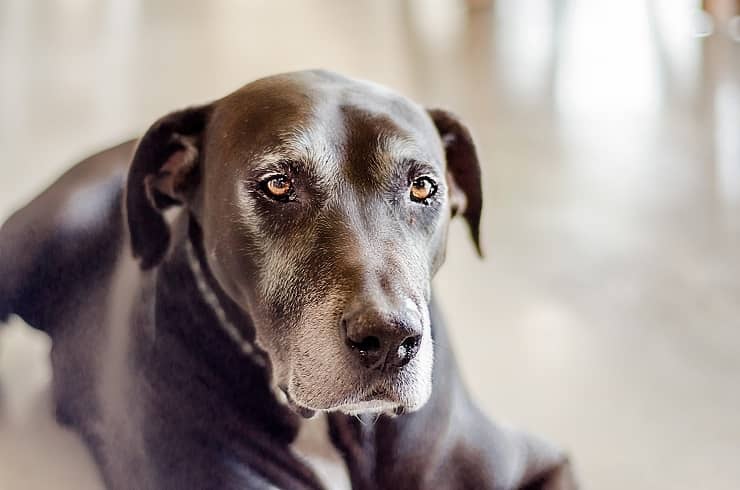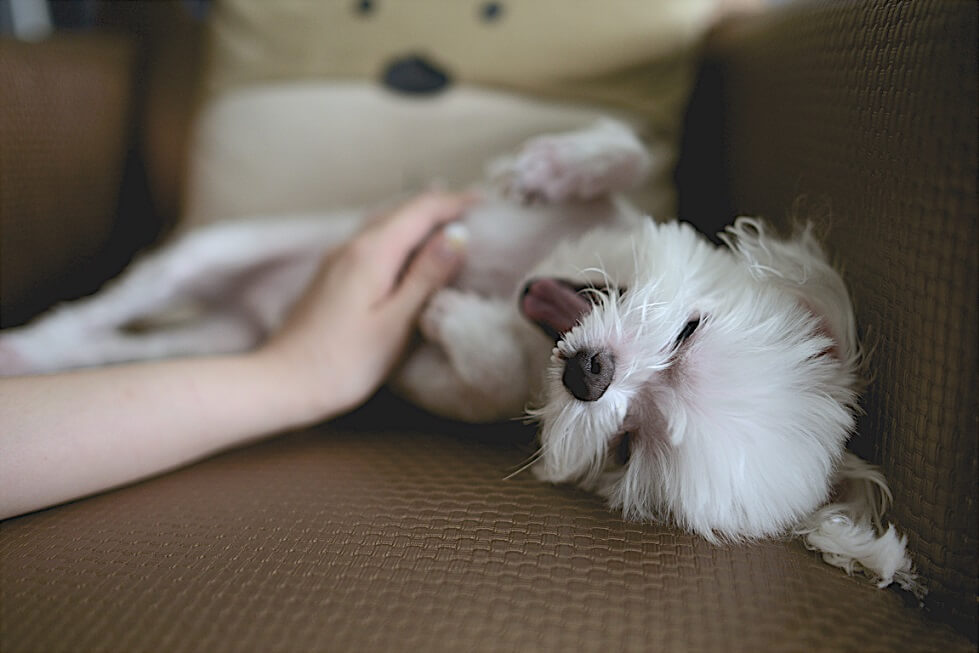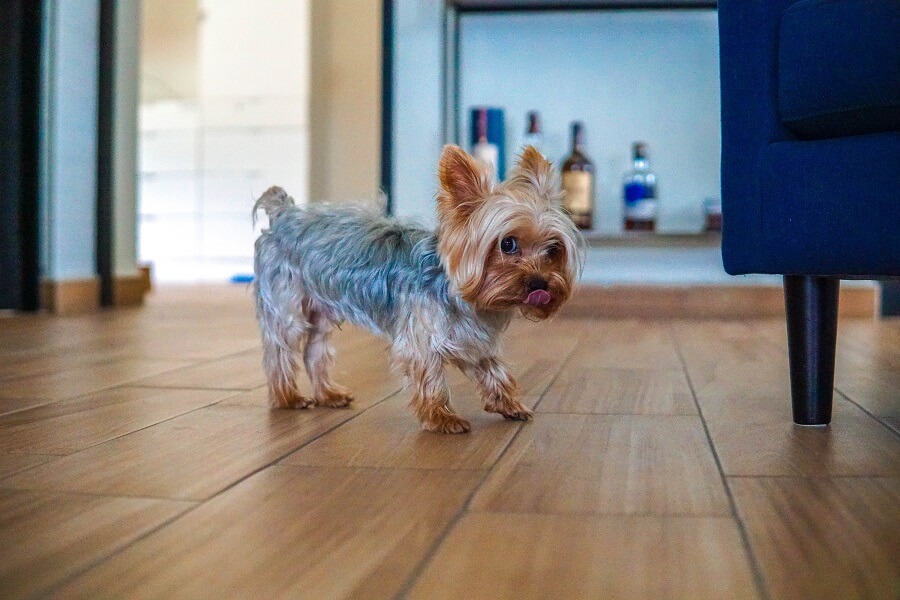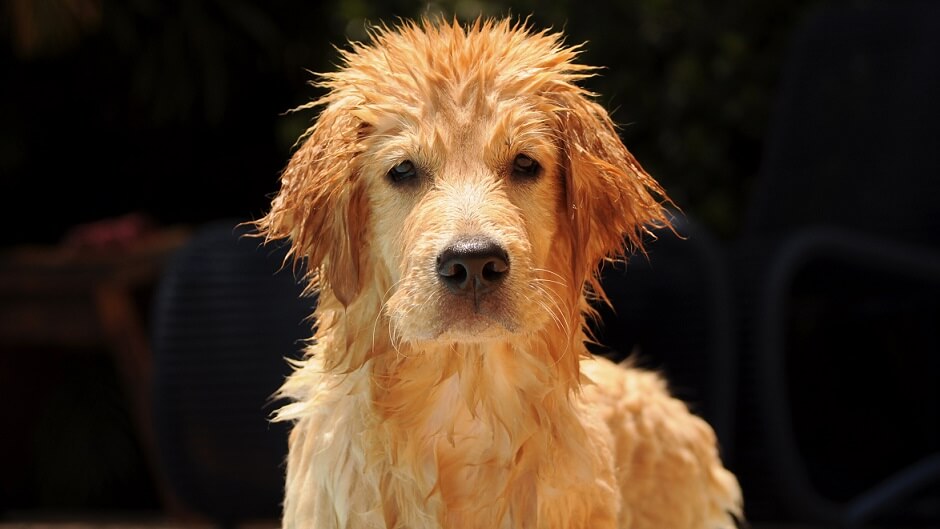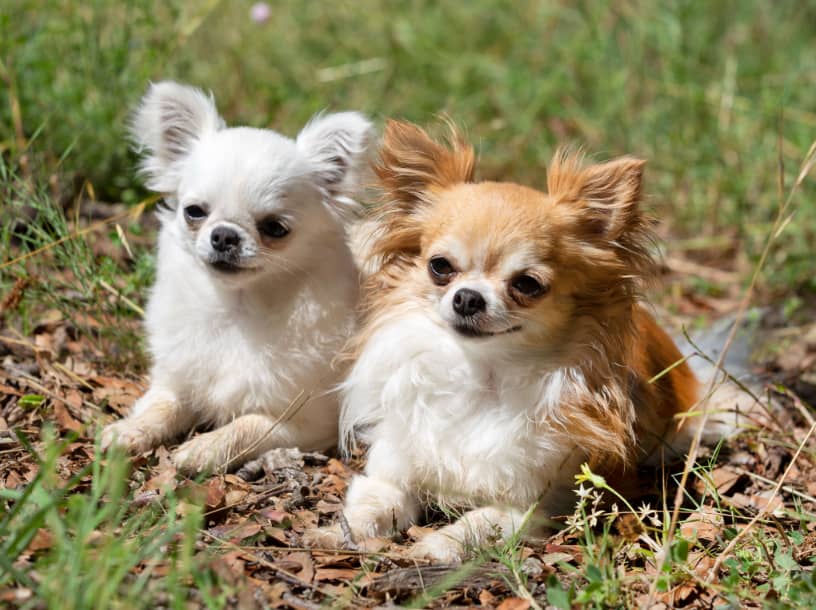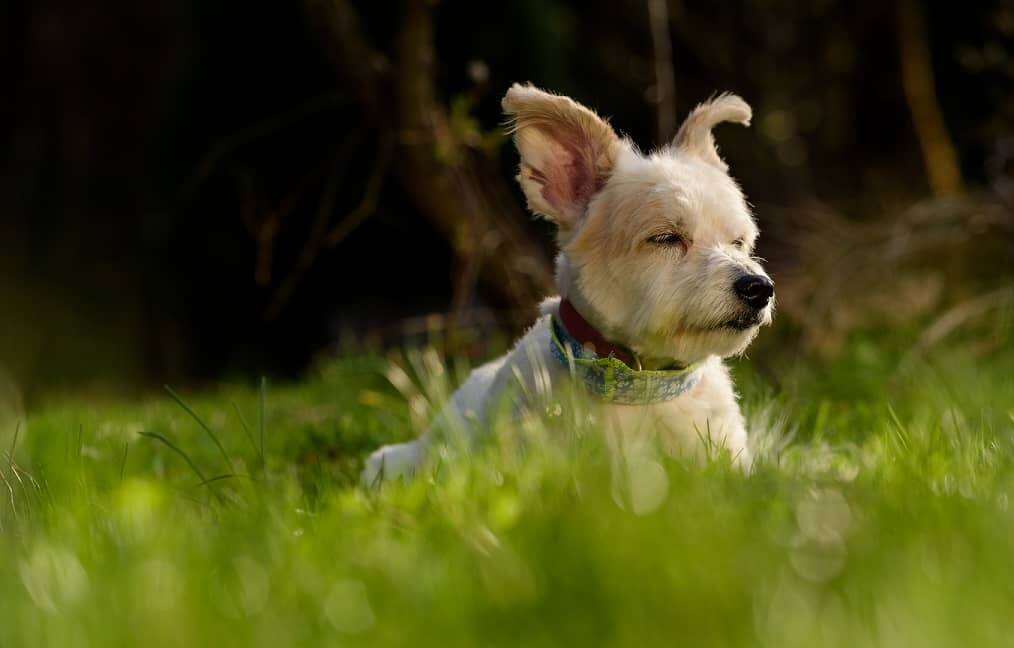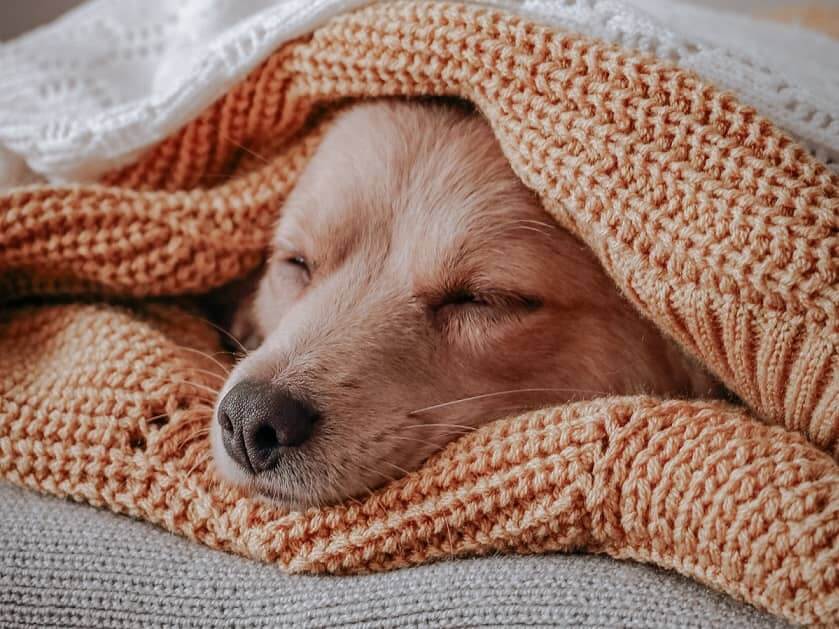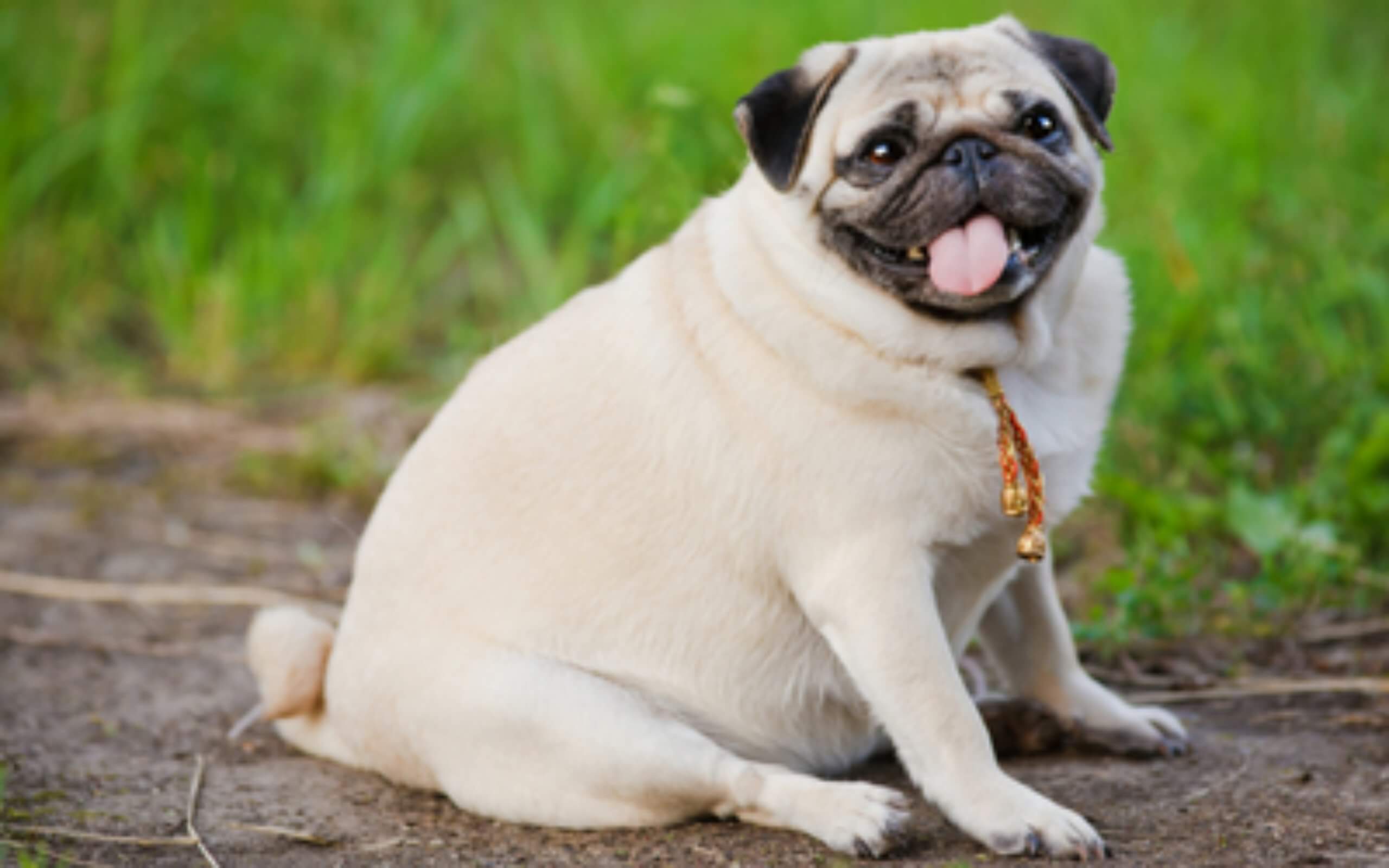Introduction:
Many owners seek the help of a professional trainer on how to socialize an aggressive dog because their pets are exhibiting these kinds of anger tendencies.
Aggression management is a complex problem, and while there is no fast or easy cure, training can assist your dog to learn to to socialize an aggressive dog. In the absence of medical conditions that might cause or aggravate aggressiveness, training with a dog trainer is the best option.
It is possible for an expert in dealing with aggressive dogs to identify the situations that lead to the behaviour, devise a training plan, and assist bring the aggressiveness to an end with a support of the expert. Contacting a professional dog trainer is the best option if you’re frightened or feel intimidated by your pet.
How To Socialize An Aggressive Dog? :Variety Of Ways
- Growling
- Remaining steadfast and/or immobile
- Teeth bared
- Infuriated (growling while showing teeth)
- An aggressive or menacing sound
- Attacking a person by leaping or charging
- Without putting pressure on the mouth/biting,
- An unintentional attack on another person by snapping or nibbling.
- An act of biting that results in bruises or wounds
- Take many bites as fast as you can
It can show signs of aggression for several reasons.
It lashes out for a variety of reasons. Dogs, according to the ASPCA (American Society to prevent Cruelty to Animals), are:
- Territorial
- Protective
- Fearful
- Unsocialized
- Unsocialized
- Experiencing pain
We may trace many of the causes of aggression back to a person’s surroundings. It’s possible that your dog if you gained him from a shelter, had been abused. He needs to know how much they appreciate him and how safe his surroundings are.
If your dog becomes aggressive after being injured, it is probable that he is in pain, and the hostility will subside after they ease the discomfort. Keep in mind that even if you want to do everything, you can to ease his agony. It may actually make him more agitated and prone to strike out at you. If this is the case, you must contact your veterinarian right away to learn how to transport him for an examination.
When another dog or human approaches an object he believes he owns, such as a toy or a beloved person, a territorial dog may display indications of violence. Dogs need to be taught to respect their limits, and protection is unneeded in this scenario. One of the trickier ones, since it involves an intrinsic hostility, but one that may be induced by parenting sometimes.
Tips for Dealing with a Fearful or Aggressive Dog
They must identify an aggressive dog as hostile against anybody you want to train him. Aggression toward a member of your family or a friend, strangers, or even other animals may show that your dog is aggressive. In addition, as previously said, it’s critical to determine what in his surroundings is causing him to become furious.
It’s time to get the help of a professional dog trainer once you’ve figured out what triggers your dog’s aggressiveness and who he’s angry with. Contact your veterinarian if you’re unsure about who to choose. It’s also worth noting that “some violent dogs behave the way they do because of a medical issue or problem.” Make sure that dog is in good health before beginning any training. If your pet is acting strangely, a trip to the vet may help you figure out what’s going on with them.
Ignore Aggression at All Costs
There are several reasons this could be a smart idea. Aggression is a dangerous behaviour that should be avoided at all costs, especially if it results in harm being done to others or even to your dog. It’s safest to leave an aggressive dog alone if you don’t recognise it. If your dog exhibits any of these characteristics, it is imperative that you find exactly why so that you can take the actions to lessen his hostility.
If you ignore aggressiveness, you might put your life at risk. Your dog will also have a built-in defence mechanism to protect you from whatever it perceives as a danger as your pack leader. If your placid dog shows indications of hostility, it might be time to inspect your surroundings. You may rely on your dog’s superior sense of smell and hearing to alert you to danger sooner than you can. Your dog’s aggressive behaviour may just be a signal to any potential threat, be it an intruder or a wild animal, to keep away.
Handling Dog Aggression the Right Way
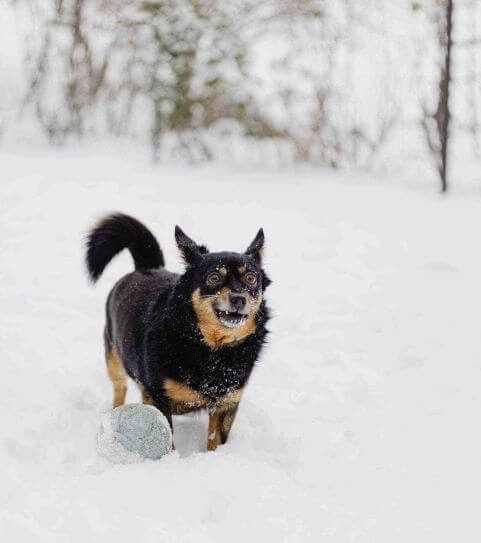
Dog aggression is a complicated problem. If your dog’s hostility is serious, there is no “quick cure” or “overnight repair” that will make them a well-behaved canine. But with patience and attitude, you can learn to control dog aggressiveness before it gets out of hand.
For behavioural difficulties, prevention is always the best strategy. Taking care of a little issue now will spare you from having to deal with a huge one later on. In the vast majority of situations, puppy training is the key to success. Most aggressive dogs show early warning signals that can be remedied if caught early enough. These are some tried-and-true ways to keep your dog from becoming aggressive:
- Discourage dominant behaviours
- Keep an eye out for any indications of resource protection.
- Pay attention to how your pet interacts with others, as well as strangers.
- Incorporate positive reinforcement training.
We may stop even aggressiveness if you adopt an older dog with behavioural difficulties or overlook the signals of aggression in the puppyhood of your pet. A mellow canine can be yours in a matter of days, depending on your condition.
There are two situations in which my dog feels apprehensive about strangers:
1: Start by determining the context in which the dog’s aggressiveness against strangers first occurs.
Is it all strangers, or just a certain demographic – men, women, children, members of the military, etc.? If someone from the outside arrives at your house or you see them in the street, does your dog react aggressively? Finding out what’s causing the problem and what kind of dog aggressiveness you’re dealing with might be as simple as answering the following questions. A dog’s leash aggressiveness can be remedied through leadership training, or it could result from prior trauma or abuse, depending on why they are drawn to particular individuals. For dealing with anxiety, the most effective methods include training with positive reinforcement and gradually becoming less sensitive to the stressor to to stop aggressive behaviour.
2: Cats are dangerous to the dog’s well-being.
Solution: It’s a common misconception that dogs and cats are natural adversaries, however, this is not true.
Having a dog who gets nervous around cats may be a huge concern in houses with many pets, both canines and felines.
Learning how to stop a dog from attacking cats could be a matter of life and death depending on the amount of aggression the pet exhibits, which is why socialising them is so important. Because cats may be irritable and picky, it’s important to remember socialising them might take some time.
3: A dog that is violent toward its owner.
When your own pet gets violent against you, it’s upsetting. Take nothing we say personally, though. In the vast majority of situations, your dog’s hostility stems from a more serious problem, such as resource protection or dog-on-dog fighting. Your dog’s strange behaviour may result from an underlying medical problem. First, rule out any diseases or injuries that could cause your dog to snarl or nip at you.
4: When my dog is eating, he gets hostile.
Because of this, your dog snaps at anybody who comes close to their food. Possessive aggressiveness in dogs: what should you do about it? How to clarify that no one else is trying to remove their meal is the key challenge here. Make it a point to go close to them as they feed, so that you may begin petting them as soon as they are comfortable enough. While you’re at work, do your pets fight over the food you leave out? Use a treat-giving pet camera to keep tabs on your pet’s behaviour and put to stop aggressive behaviour.
Conclusion:
It’s difficult, but it’s also not the end of the world to share your home with an aggressive dog. The problem is behavioural and may be rectified via proper socialising and training. Your dog’s growling and snapping may mask a fearful, ungrounded puppy. When given the opportunity, even the most fearful and aggressive dogs may alter their ways.
If your dog is aggressive, a simple change in routine or working with such a professional dog trainer may be the best course of action. It doesn’t matter which method you use, remember that it’s an effort that will pay off in the long run.train a dog to stop aggressive behaviour


